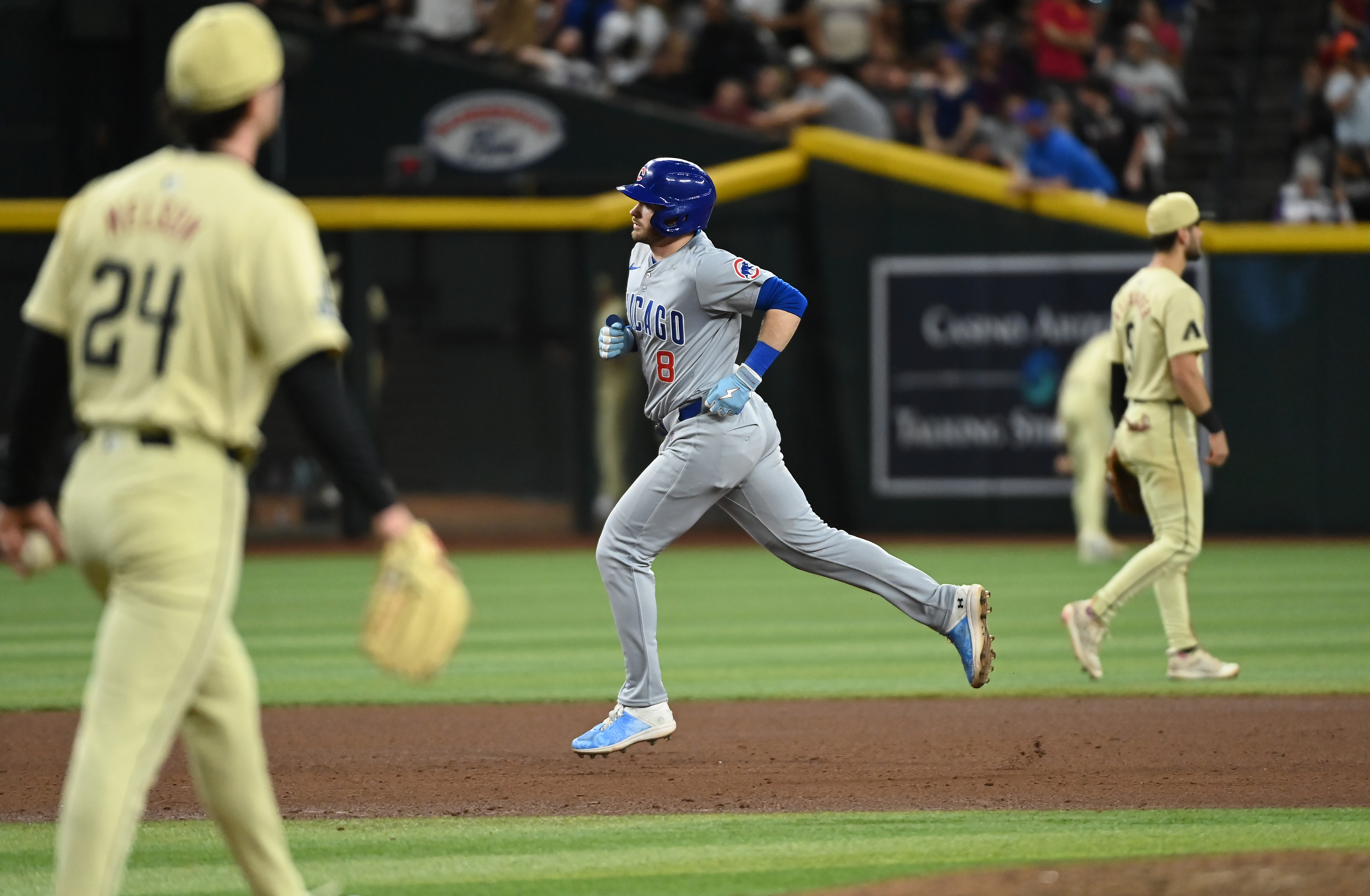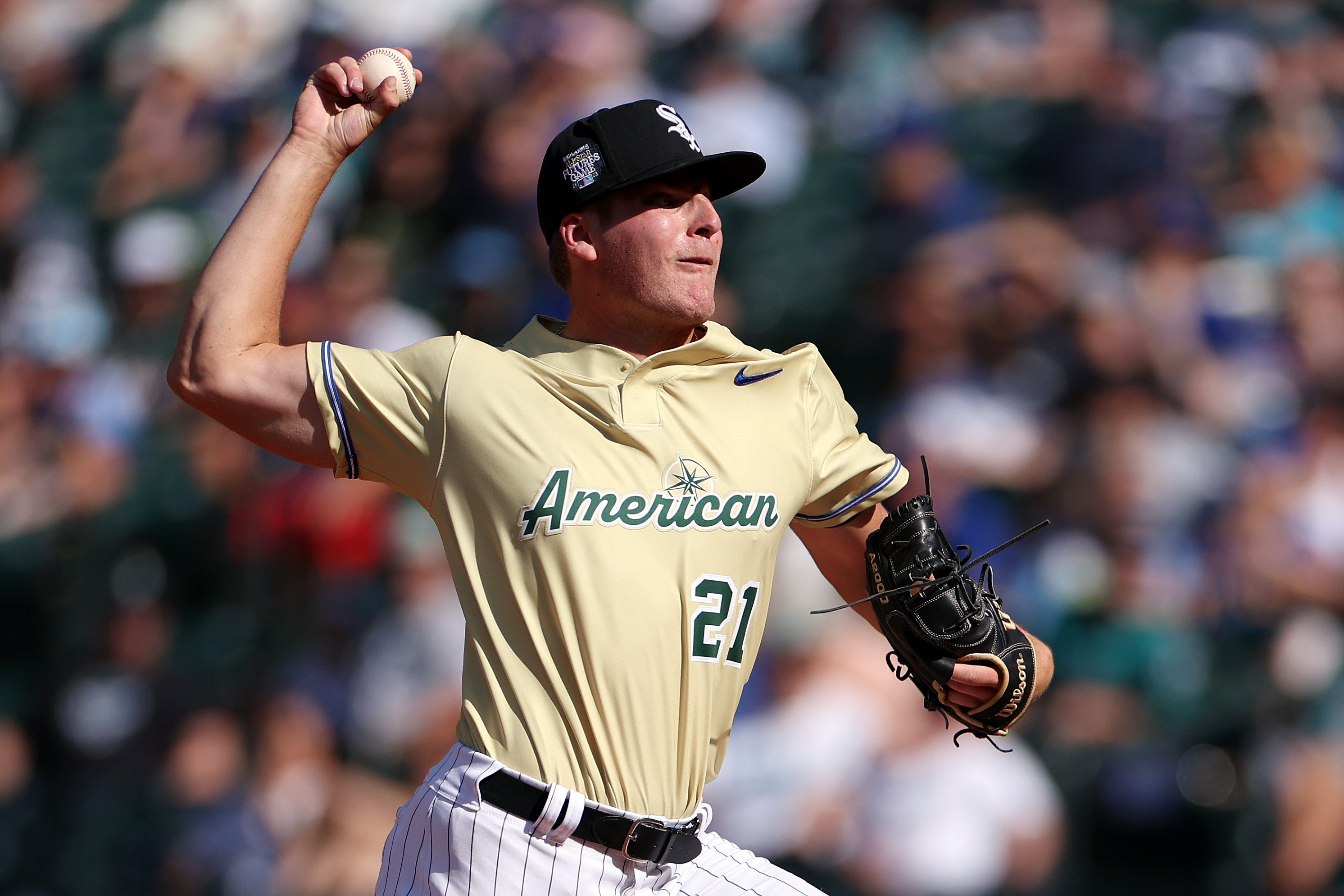
SAN DIEGO — The emotions and superlatives attached to the White Sox defense haven’t been the same this spring as they were last season.
The exasperated looks on the collective faces of the coaching staff have been eased for now. The words crisp and clean have often been associated with the team’s play. And the phrase “quality of the work” is commonly tossed around in every discussion about the defense.
The White Sox haven’t made any outrageous claims. They’ve made no promise to be the next coming of the Kansas City Royals or even an elite defense. An average unit would suit them just fine. And as they head into the regular season next week, the White Sox are confident they’ll be much better than the team that finished 2015 at the bottom of all defensive metrics — the one that constantly frustrated manager Robin Ventura and his staff.
“I don’t teach them to make errors, believe me,” Ventura said.
While the offense was number one on Rick Hahn’s offseason fix-it list, the defense also had to be addressed before this season. The club finished 28th in Defensive Runs Saved at minus-39 and was last in Ultimate Zone Rating with minus-39.5 last season, according to fangraphs.com. Those figures were far behind league leaders Arizona (59 DRS) and Kansas City (50.9 UZR).
In layman’s terms, the team’s defensive shortcomings translated into outs handed away and far too many extra pitches thrown by White Sox pitchers. Along with a dormant offense, the team’s defensive woes put the White Sox in a hole out of which they could never quite climb.
[MORE WHITE SOX: Crow hop helps Carlos Rodon take flight]
MLB
“Things kind of snowballed,” pitcher John Danks said. “We were struggling to get us off to quick starts in the games, so it’s making these guys maybe press a little bit at the plate and it carried over into the field.”
The team’s woes extended everywhere.
Conor Gillaspie committed 12 errors in 52 games at third, rookie second baseman Micah Johnson struggled, shortstop Alexei Ramirez was one of the worst defenders in the first half and the outfield was downright atrocious.
Too many games to count were lost by porous defense.
“When you go through stretches like that where we were defensively, you find out a lot about individuals, you find out a lot about a ballclub,” third-base coach Joe McEwing said. “Every guy went out and prepared the best they possibly could and we didn’t get it done. We learn from it, turn it into a positive and move on.”
How they’d move on was a tricky component for Hahn. Improving the offense was a must after the team scored three or fewer runs in 82 games.
But Hahn didn’t want to rob Peter to pay Paul and sacrifice offense for defense.
The team’s main target, third baseman Todd Frazier, brings both — something the White Sox haven’t had for far too long. Not only did he blast 64 home runs the past two seasons, he’s an outstanding defender.
After eight seasons of Ramirez, the White Sox have moved on with Jimmy Rollins and Tyler Saladino. They won’t get the explosiveness that Ramirez possesses, but the duo is “steady” according to an AL scout, and that’s plenty.
One area the White Sox may sacrifice a little defense for offense is at second base. Brett Lawrie isn’t as smooth defensively as Carlos Sanchez, but packs more punch and the team is confident he’ll handle the transition from third.
So far, the White Sox are pleased with how Lawrie has handled the switch.
“I’d call (the infield defense) pretty fringy across the board, but not poor,” said the scout.
[MORE: Todd Frazier knows the best is yet to come for White Sox]
The outfield’s fortunes have changed dramatically with the March signing of center fielder Austin Jackson, “a sneaky good move,” according to pitcher Chris Sale.
The White Sox were 26th in outfield DRS and 29th in UZR last season.
But they had to surrender their best defender, Trayce Thompson, in the Frazier deal. The loss of Thompson almost made Jackson a necessity and the White Sox signed him two weeks into camp on a one-year deal worth $5 million.
While Adam Eaton is surely better than the numbers he produced last season suggest, Jackson has a longer track record and is as smooth as they come in center. Moving Eaton to a corner also reduces the amount of time that Melky Cabrera and Avisail Garcia will be on the field, which vastly improves the outfield defense.
“I wasn’t the biggest fan of (Jackson) when we played against him because it seemed like every time I’m sitting on the bench and see a ball smacked … he gets to it,” Sale said. “You don’t ever see him dive because he’s fast enough to get to the ball. He like goes into a different speed.”
But it’s not just the skillset that has improved.
The work ethic also has.
Hahn said both McEwing and Ventura have been impressed with how the team has approached each workout the same and stressed the quality of work. Frazier said the team routinely competes against each other in the workouts for small prizes in order to keep it lively and loose.
“Robin and Super Joe noted just how tight the whole drill ran and what a breath of fresh air it was to sit back and watch professionals who know exactly what they’re doing and what the expectation is and being able to execute,” Hahn said.
[SHOP: Gear up, White Sox fans!]
Hahn knows the team won’t be without its hiccups. Occasionally, a blunder is going to cost them a game.
But the overall product should be better.
Of the 17 errors committed by the White Sox in 29 games this spring, only four have come by players guaranteed to make the roster (Frazier has two and Rollins and Saladino have one).
Really, that’s all the White Sox think they require with the pitching they have.
“I haven’t seen anything but guys making the plays, which is what we need,” Danks said. “We have the guys capable of making the play. But definitely the routine plays, the balls that off the bat you think to yourself, ‘That’s an out,’ those are the plays we need made. Any highlight play after that is gravy.”


